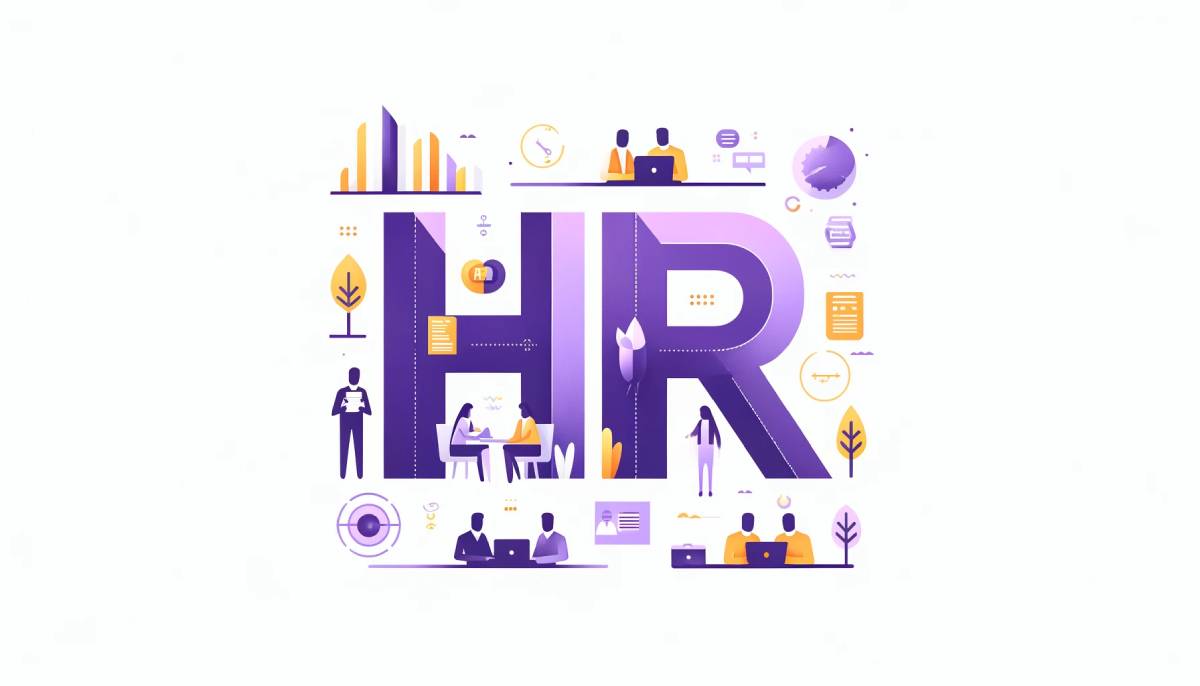The term ‘lateral hiring’ refers to the practice of bringing in people from outside the organization to fill the positions at the same or similar levels as their current role. Lateral hiring differs from the conventional practice of recruitment of entry-level or junior positions from within the organization, or through external recruitment. It targets experienced professionals who have skills, knowledge, or expertise that the company lacks.
In lateral hiring, organizations need to find candidates who have demonstrated their value in similar jobs or industries, which are usually in other competing companies or related fields. Such candidates are known to come in with the necessary experience and qualifications that enable them to step right into the organization with little or no training and onboarding.
Hiring laterally is common in industries where there is a high demand for specialized skills or domain knowledge like technology, finance, consulting, and healthcare. It empowers businesses to rapidly recruit high-performing individuals and fill vacant critical roles that enable expansion and innovation.
What are the benefits of lateral hiring?
- Immediate Impact: Hiring laterally is beneficial because such hires bring the relevant skills, knowledge, and experience that they acquired from their previous jobs and they can start contributing to the organization immediately. On the contrary, they can be trained and onboarded faster, and, in turn, they contribute to the teams and projects without much delay.
- Fresh Perspectives: Lateral hires provide the organization with new ideas, perspectives, and methods that can then be utilized by the rest of the staff to increase the quality of the workforce and the innovation inside the organization. Different lives and careers can lead to the stimulation of creativity and problem-solving while on the other hand, driving business growth and competitiveness.
- Skill Acquisition: Through lateral hiring, the company may access the expertise that it may not have in-house and that is required elsewhere in the organization. Through the hiring of talent with technical, industry, or functional expertise, organizations can improve their skills in specific areas and easily fill the gap in their capabilities.
- Competitive Advantage: The hiring of experienced pros from rival companies or related sectors could help the firms get the most current information on the market trends, the competitors’ strategies, and the industry’s best practices. This competitive intelligence can allow effective strategic decision-making, and this can help organizations stay ahead of the curve.
- Reduced Risk: Notably, lateral hires usually bring along a demonstrable track record of accomplishments from their former positions. This significantly lowers the risk associated with new hires. Organizations can be able to evaluate candidates based on their past performance, references, and reputation in the industry to reduce the risk of incurring costs and uncertainties which is associated with hiring inexperienced candidates.
Optimize your team's productivity and track the success of your lateral hires with Time Champ. Sign Up for free and experience the difference in efficiency and performance today.
How does lateral hiring differ from normal recruitment?
Lateral hiring and normal recruitment (also known as vertical or traditional hiring) differ in several key aspects:
1. Level of Experience:
By lateral hiring, the company is targeted at people who have been proven to be successful in the same kind of roles or industries. These candidates usually fall into the category of those who have demonstrated their ability and may be hired for a job that is equal to or above the level or rank of their current position.
Typical recruitment processes are centred on filling entry-level or junior positions within the company, looking for candidates lacking the necessary experience or qualifications, or those seeking to start or advance their careers.
2. Purpose:
Another reason to consider lateral hiring is the possibility of acquiring some specific skills, knowledge, or expertise that are lacking within the company. Organizations, in turn, might have a need to fill skill gaps, drive innovation, or bolster their competence through lateral hires.
Regular hiring is more general and is focused on filling positions based on the organization’s needs, growth objectives, or workforce planning. This process could consist of hiring recent graduates, interns, or people with no experience for entry-level positions or expansion of the company.
3. Speed of Onboarding:
The lateral recruitment often doesn’t need much of training or onboarding since the individuals hired already have the required skills and knowledge to execute their roles efficiently. They can easily adapt to their new teams and projects, contributing to work immediately.
Indeed, regular hiring might involve extended training and newcomer orientation, especially for junior positions or people with little experience. The new hires may find it necessary to spend extra time and resources to acquire the skills and capabilities that will make them successful in their jobs.
4. Source of Candidates:
Subsequently, lateral hiring is usually focused on candidates who are already employed and are unlikely to be recruited from competing firms, linked industries, or restricted talent pools. Companies can use professional networks, executive search firms, or industry referrals to search and hire for lateral hires.
Normally, the recruitment process will involve a diverse range of channels, such as job boards, career fairs, college recruitment programs, and internal referrals. Organizations might also hire from within or provide internship programs to develop talent inside the organization.
Ensure your new skilled hires reach their peak performance swiftly with Time Champ.
Lateral hires can contribute immediately due to their relevant experience, reducing the time needed for training and onboarding.
Coming from diverse backgrounds, lateral hires bring new ideas and approaches that can inspire innovation and enhance problem-solving within the organization.
Lateral hiring allows organizations to quickly acquire specific expertise that may be missing internally, thus filling skill gaps efficiently.
By recruiting from competitors or related industries, organizations gain insights into market trends, strategies, and best practices, which can inform strategic decisions.
